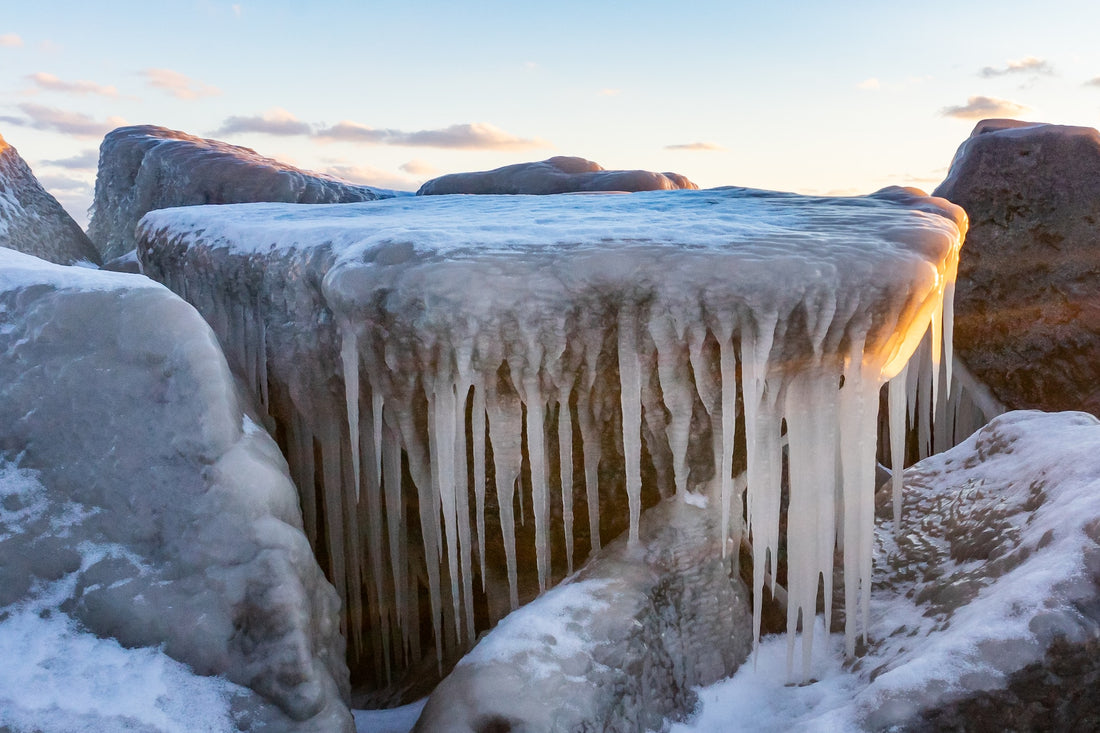Few things compare to the serene pleasure of enjoying a hot tub with snowflakes gently descending around you. But as the chilly season approaches, many hang up their swimsuits and close down their outdoor spa until spring beckons. If you're contemplating how to safeguard your hot tub during winter's harshest conditions, you're in the right place.
Why Winterize Your Hot Tub?
It's not merely about reducing maintenance hassle but preventing costly damage. Winter's freezing temperatures can wreak havoc, especially on the plumbing lines of your tub. Think of winterizing as insurance for your investment, where a small effort can spare you extensive repairs and replacements.
While some online sources might advise against winterizing and simply keeping the tub running, which entails constant supervision, this includes regular water testing, cleaning, chemical application, and electricity expenses, even when you're not dipping in. There are better ways to spend your winter than this.
Location Matters
Winterizing primarily concerns outdoor hot tubs. Thanks to the controlled environment, indoor ones only need this care if left unused for over a month. Running your hot tub throughout is viable for those residing in warmer regions like Arizona, where winter isn't bone-chilling. But if you're not planning to use it, why waste resources?
Steps to Winterize Your Hot Tub
1. Neutralize the Chemicals
Decrease the chemical concentrations to ensure the water doesn't harm your plants or the environment when drained.
2. Power Down
Remember, water and electricity are adversaries. Always turn off the breaker, ensuring no electricity reaches your hot tub.
3. Drain the Tub
Connect a garden hose to the drain spout and let the water flow. A sump pump can speed up this process but ensure all water is drained.
4. Manage the Blower
If your tub features an air blower, it's crucial to drain its water. Ensure the heater is off, cover the tub, restore power briefly, and run the blower for around 30 seconds to clear any moisture.
5. Tend to the Pumps and Heater
Open the tub's access panel, identify the pumps and heater, and loosen them for water drainage.
6. Filter Maintenance
Remove and clean the filters. If they appear excessively dirty, consider replacing them for the next season.
7. Clear the Lines
Use a Shop-Vac to remove residual water from all lines and inlets. This is paramount; residual water can freeze and damage your tub.
8. Empty Remaining Water
After the lines, address any leftover water in the tub with a Shop-Vac or sump pump.
9. Scrub the Shell
With the water gone, cleaning becomes a breeze. Opt for non-abrasive methods and cleaners, ensuring every corner shines.
10. Address the Cover
A well-cleaned cover looks good and prevents unwanted critters from nesting. Use a cleaner with UV protection for added benefits.
11. Secure Everything
Lock the cover, and consider adding wind straps for additional security against winter gusts.
Antifreeze: Yay or Nay?
Simply put, no. If you've adequately winterized your tub, there's no water left to freeze. Introducing antifreeze is unnecessary and complicates things when you wish to use the tub again.
Not Up for the Task? Call a Professional
If this process sounds daunting, professionals are just a call away. Assure your peace of mind by letting them handle the intricacies.
Conclusion
Kudos! You've mastered hot tub winterization. Now, all that's left is to cozy up indoors, relish a warm beverage, and rest assured that your spa awaits spring in pristine condition. No winter sprints for you! Embrace the calm and comfort of the season.

